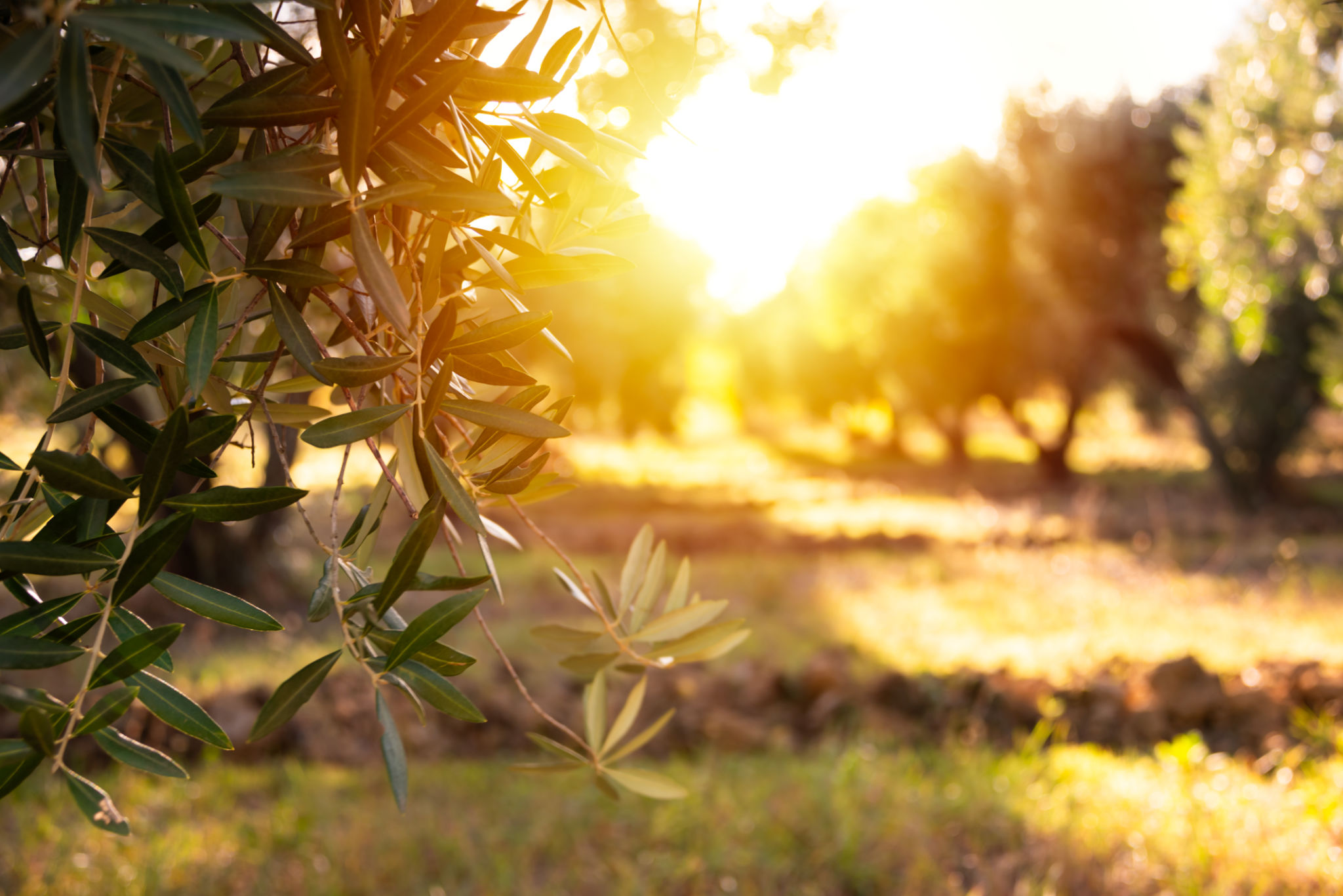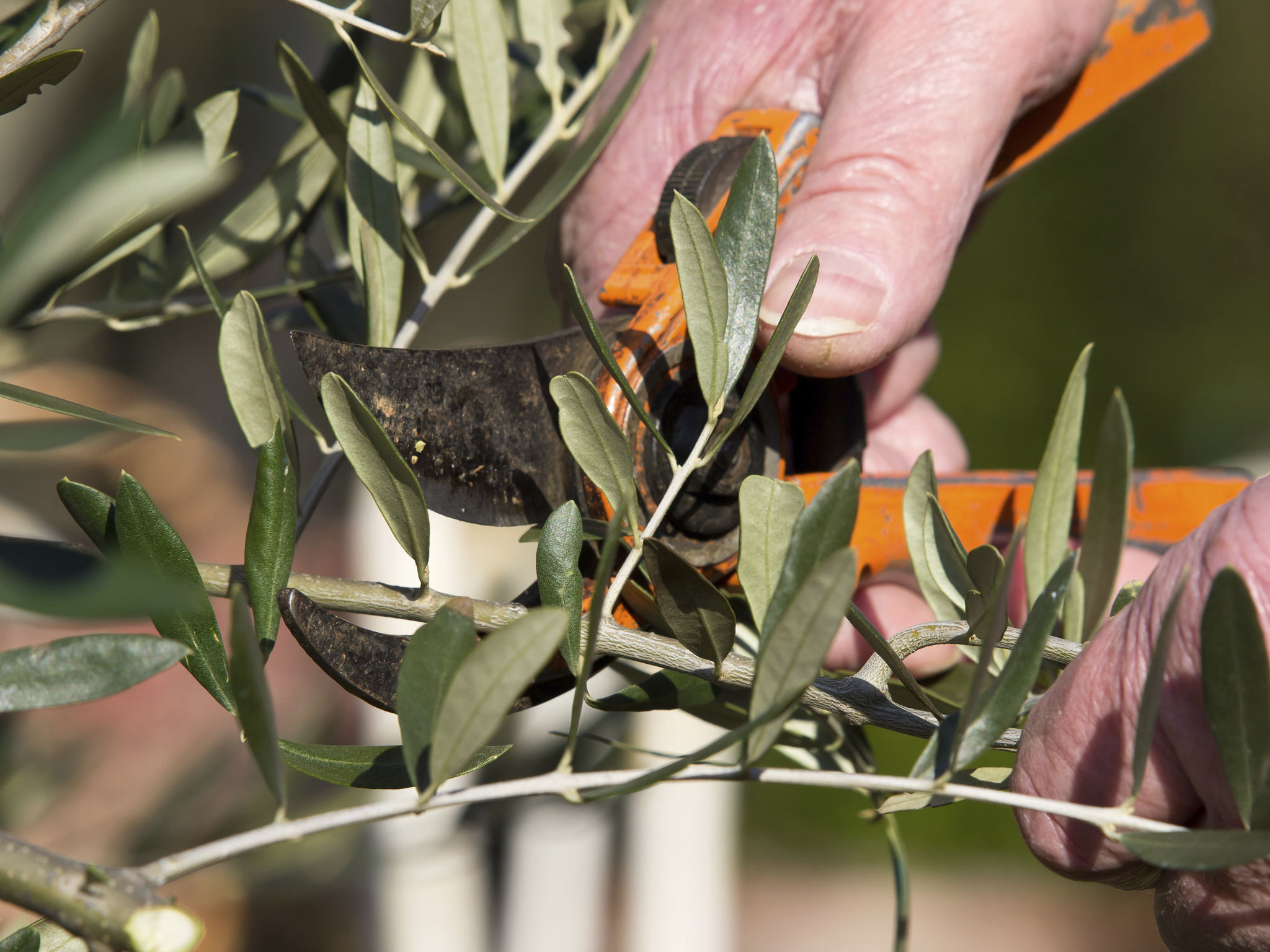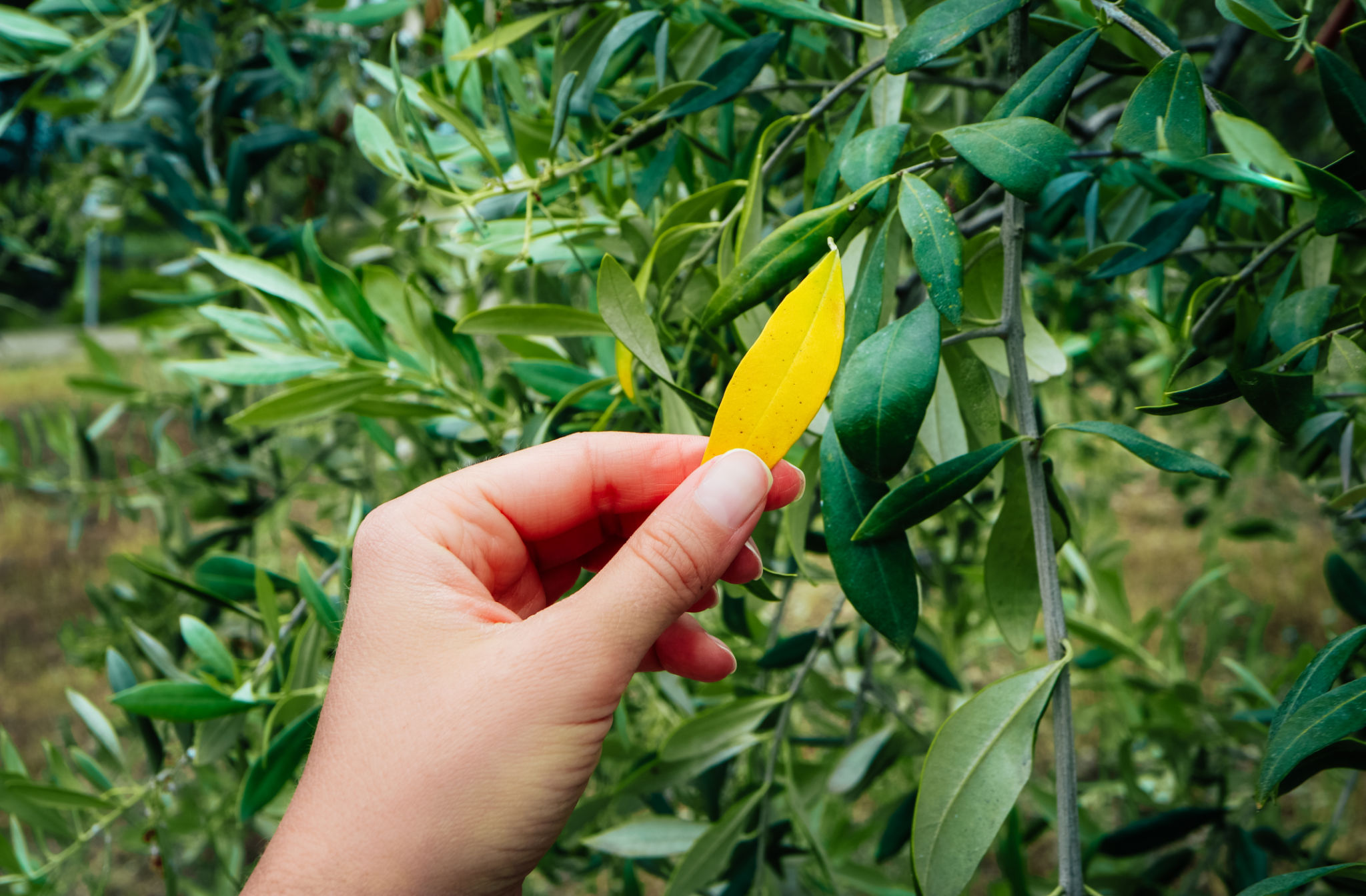Frequently Asked Questions About Olive Tree Care
What Are the Basic Needs of an Olive Tree?
Olive trees are relatively easy to care for, but they do have specific needs to thrive. First and foremost, they require plenty of sunlight—ideally, at least 6-8 hours a day. These trees are native to the Mediterranean region, so they thrive in environments that mimic those conditions.
When it comes to soil, olive trees prefer well-draining soil with a pH level between 6 and 8. This ensures that the roots are not waterlogged, which can lead to root rot. Regular watering is necessary, especially during dry spells, but be wary of overwatering.

How Often Should I Water My Olive Tree?
The frequency of watering an olive tree depends on several factors, including the climate and the age of the tree. Young trees require more frequent watering compared to established ones. Generally, watering once every 7-10 days is sufficient for mature trees, while younger trees may need water every 4-5 days.
It's important to monitor the moisture level of the soil. If the top inch of soil feels dry, it's time to water. During winter months, reduce the frequency as the tree enters a dormant phase and requires less water.
When and How Should I Prune My Olive Tree?
Pruning is an essential part of olive tree care and should be done in late winter or early spring before new growth starts. The goal of pruning is to open up the canopy to allow sunlight to penetrate and air to circulate.

Focus on removing any dead or diseased branches, as well as any that cross or rub against each other. It's also beneficial to thin out crowded areas to improve overall tree health and fruit production.
What Pests and Diseases Should I Watch Out For?
Olive trees are susceptible to several pests and diseases. Common pests include olive fruit flies and scale insects. These pests can cause significant damage if not controlled promptly. Regular inspection of leaves and branches can help detect these early.
In terms of diseases, watch out for olive knot and verticillium wilt. Implementing good sanitation practices, such as removing fallen leaves and debris, can prevent these issues. If you notice signs of disease, it's crucial to act quickly with appropriate treatments.

How Do I Fertilize My Olive Tree?
Fertilizing an olive tree helps promote healthy growth and fruit production. Use a balanced fertilizer with equal parts nitrogen, phosphorus, and potassium during the growing season, which typically lasts from spring through early fall.
Apply the fertilizer according to the package instructions and water it in well. Be careful not to over-fertilize, as this can lead to excessive leaf growth at the expense of fruit production.
Can Olive Trees Be Grown Indoors?
Yes, olive trees can be grown indoors, provided they receive enough light. Choose a dwarf variety suitable for indoor growth and place it near a south-facing window where it can receive ample sunlight.
Indoor olive trees require similar care to their outdoor counterparts but may need more frequent watering due to indoor heating systems. Regularly monitor the soil moisture and adjust your care routine as needed.
